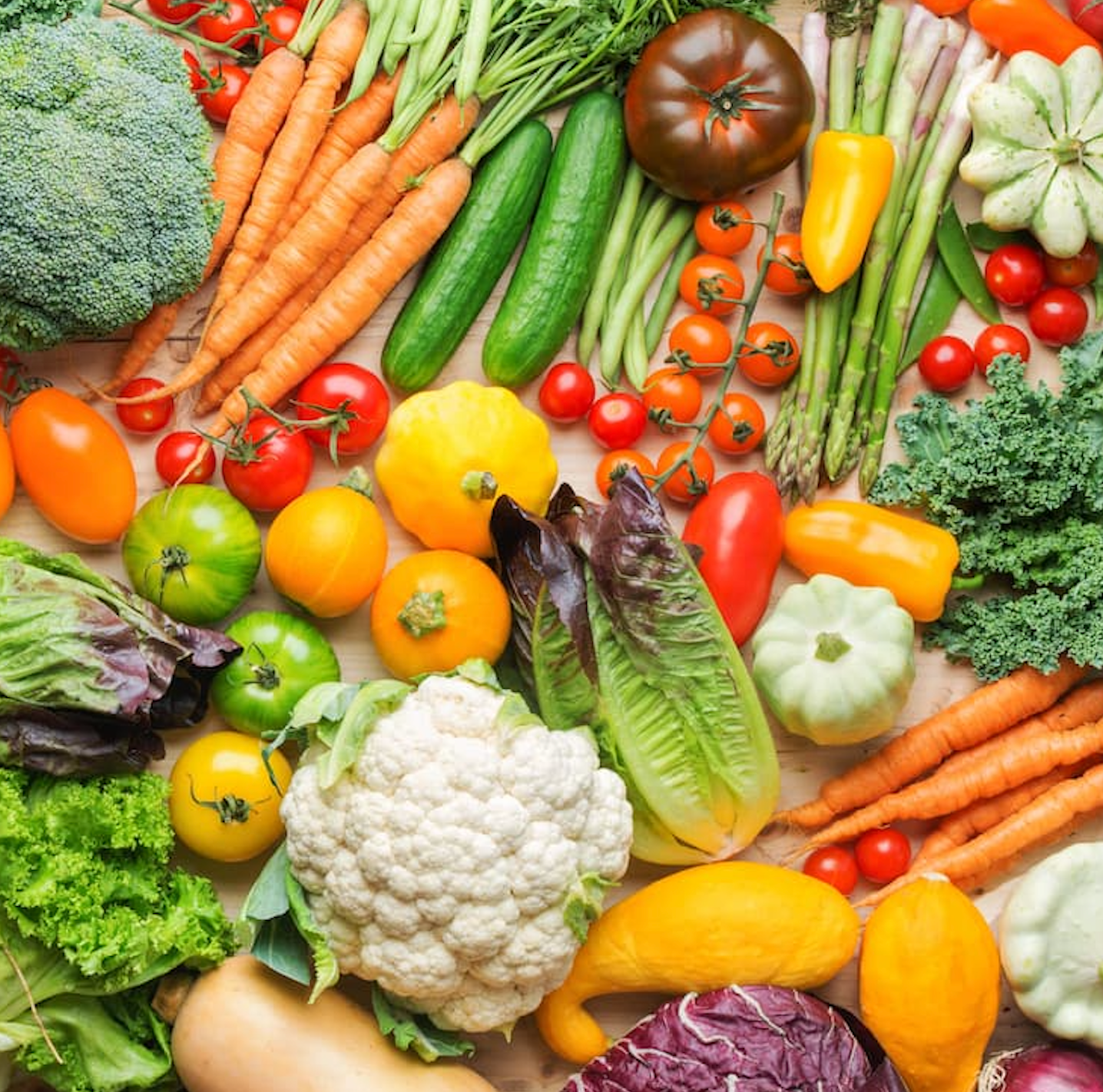News
Article
Vegetable Consumption Improves Kidney Function in Elderly Patients
Author(s):
Patients who reported almost daily fresh vegetable consumption had higher eGFR compared to those with occasional consumption and those who consumed salt-preserved vegetables.
Credit: Adobe Stock/Liliya Trott

Compared with salt-preserved vegetables, fresh vegetable consumption had a direct association with a higher estimated glomerular filtration rate (eGFR) among older patients, which underscores the importance of incorporating fresh vegetables into the diet to improve eGFR, according to a study published in BMC Nephrology.1
The prevalence of chronic kidney disease (CKD) increases with age, due in part to a reduction in the glomerular filtration rate (GFR). eGFR, a crucial marker to determine kidney health, aids in the early detection and monitoring of conditions like acute kidney injury, CKD, and other renal disorders. Older patients with CKD have a higher risk of developing end-stage renal disease and cardiovascular disease, therefore delaying the progression of CKD is vital to both patients and the healthcare system.2
“Diet plays a pivotal role in promoting health; however, some dietary habits can exacerbate the acceleration of kidney function decline and the incidence of CKD,” a group of Chinese investigators wrote. “Dietary patterns characterized by high consumption of plant-based foods, vegetables, fruits, and fresh foods are thought to be inversely associated with CKD. However, it is unknown whether a single component of these diets, such as a higher intake of vegetables, is associated with improved kidney function.”
The Chinese Longitudinal Healthy Longevity Survey (CLHLS) was used to identify subjects with biomarker data who participated in the 2011-2012 and 2014 surveys. At each wave, investigators evaluated both fresh and salt-preserved vegetable intake. The eGFR was measured using the Chronic Kidney Disease Epidemiology Collaboration (CKD-EPI) equation based on plasma creatinine. Other information collected included demographic data, education level, body mass index, economic status, smoking status, exercise habits, alcohol consumption, and health status. Associations between fresh or salt-preserved vegetables and eGFR were assessed using a linear mixed model.
After excluding patients without follow-up data, 1386 participants were included in the final analysis, with a median age of 82 years and approximately half (51.4%) were female.
Among participants, the median eGFR was 72.47 mL/min/1.73 m² at baseline and 70.26 mL/min/1.73 m² at follow-up. After adjusting for the linear mixed model analysis, data showed compared with participants who reported almost daily consumption of fresh vegetables, those who occasionally consumed fresh vegetables had lower eGFR (β=-2.23, 95% confidence interval [CI]: -4.23, -.23). Similarly, those with rare or no intake of salt-persevered vegetables had higher eGFR (β = 1.87, 95% CI: .12, 3.63) when compared with patients who ate salt-preserved vegetables daily.
A correlation analysis showed correlation coefficients of .022 (P = .048) between vegetables and high-sensitivity C-reactive protiein (hs-CRP) and .151 (P <.001) between eGFR and hs-CRP.
Investigators noted the consumption of fresh and salt-preserved vegetables were based on a handful of questions regarding intake frequency, which may have impacted results and led to reporting errors and recall bias. The short follow-up period and small sample size further limited the findings and may have led to an underestimation of the link between fresh vegetables, salt-preserved vegetables, and eGFR. Lastly, results may not be generalizable to other parts of China.
“Our results suggest that limiting salt-preserved vegetable intake and their replacement with fresh or other forms of preserved vegetables should be encouraged while promoting healthy vegetable consumption,” wrote investigators. “This conclusion must be validated by future studies, such as those investigating the effects of the quantity of fresh vegetables and salt-preserved vegetables on the degree of kidney function in longitudinal follow-ups.”
References
- Zheng H, Li H, Pan L, et al. Association of fresh vegetable and salt-preserved vegetable consumptions with estimated glomerular filtration rate. BMC Nephrol. 2023;24(1):369. Published 2023 Dec 12. doi:10.1186/s12882-023-03353-5
- Peralta CA, Shlipak MG, Judd S, Cushman M, McClellan W, Zakai NA, Safford MM, Zhang X, Muntner P, Warnock D. Detection of chronic kidney disease with creatinine, cystatin C, and urine albumin-to-creatinine ratio and association with progression to end-stage renal disease and mortality. JAMA. 2011;305(15):1545–52.





